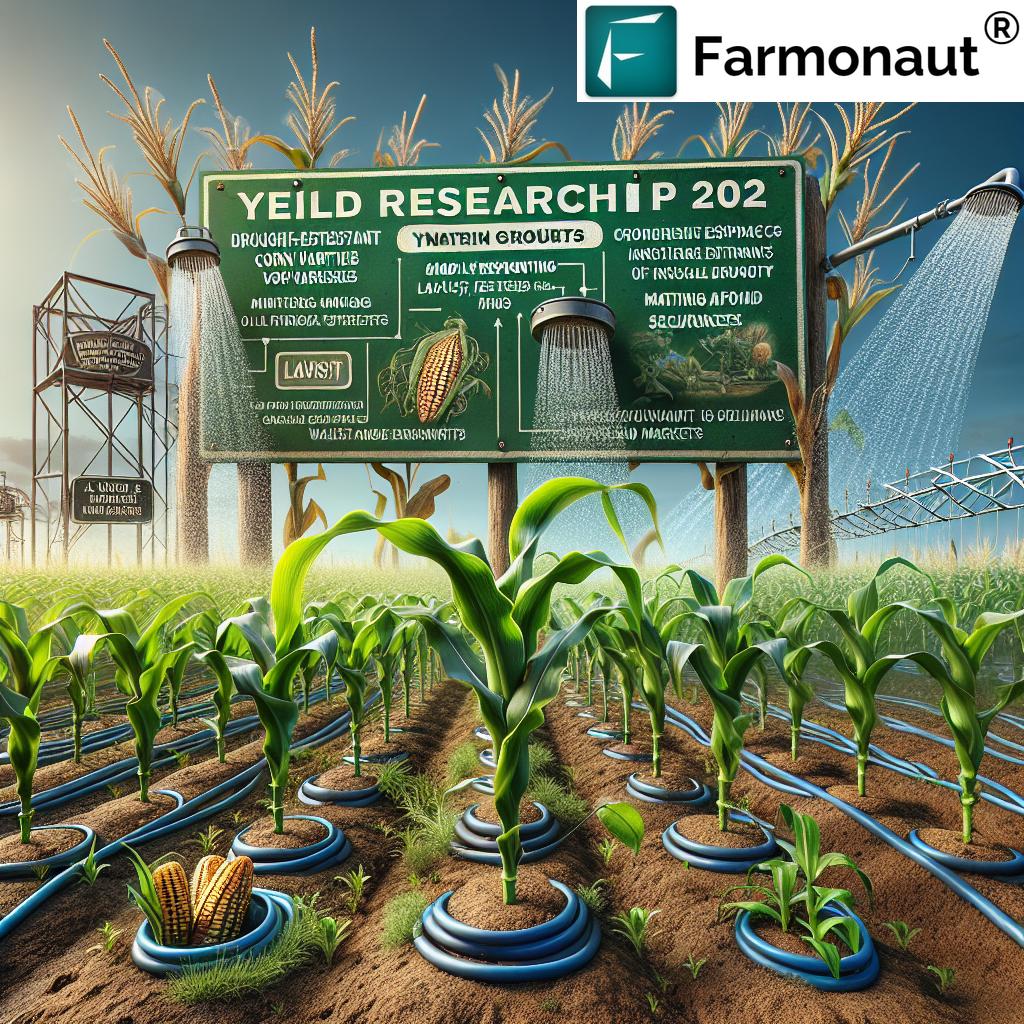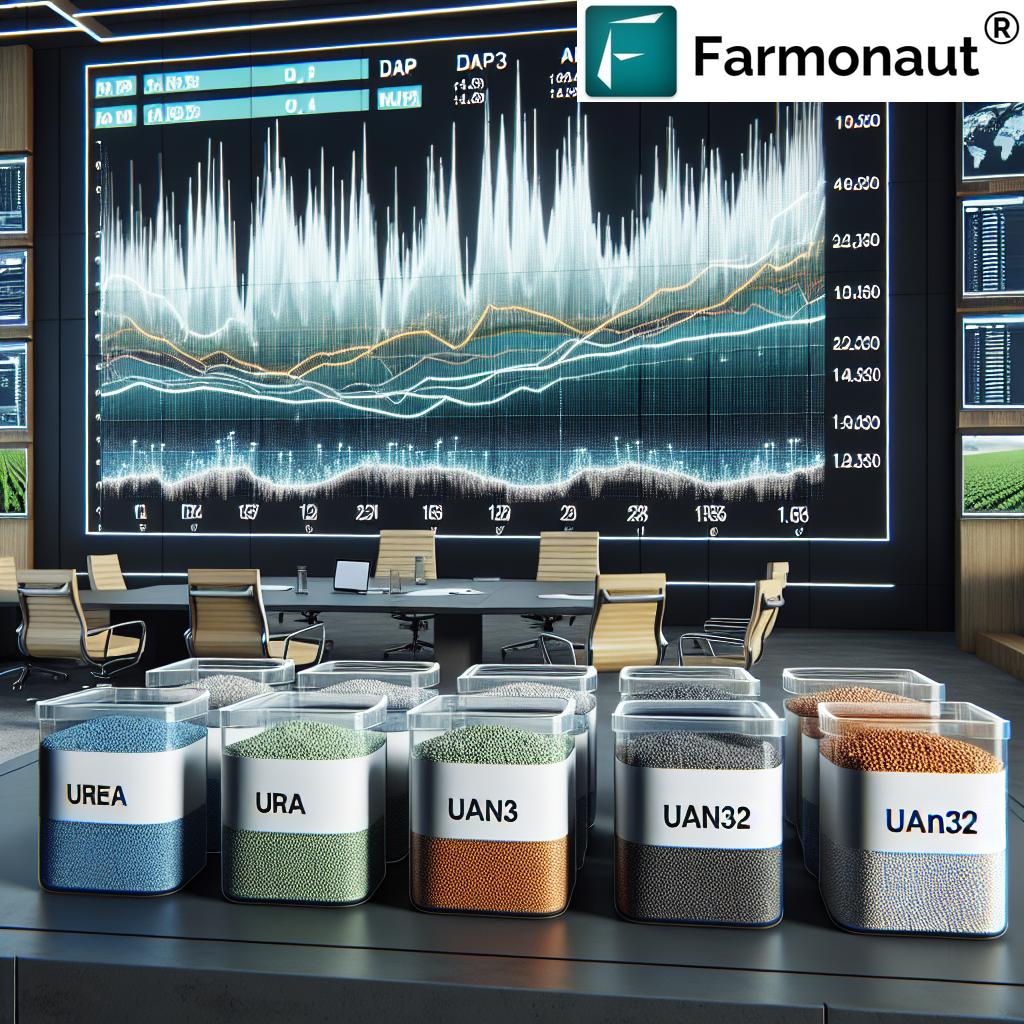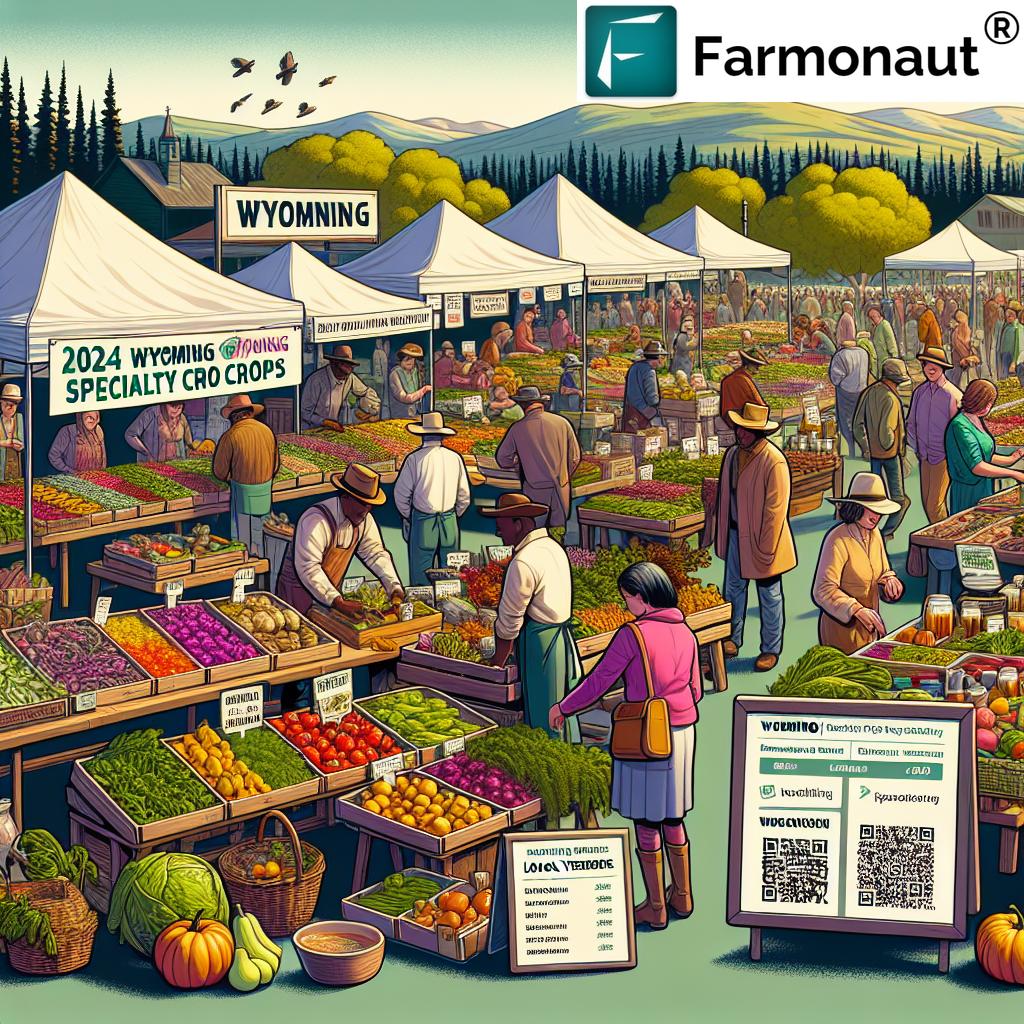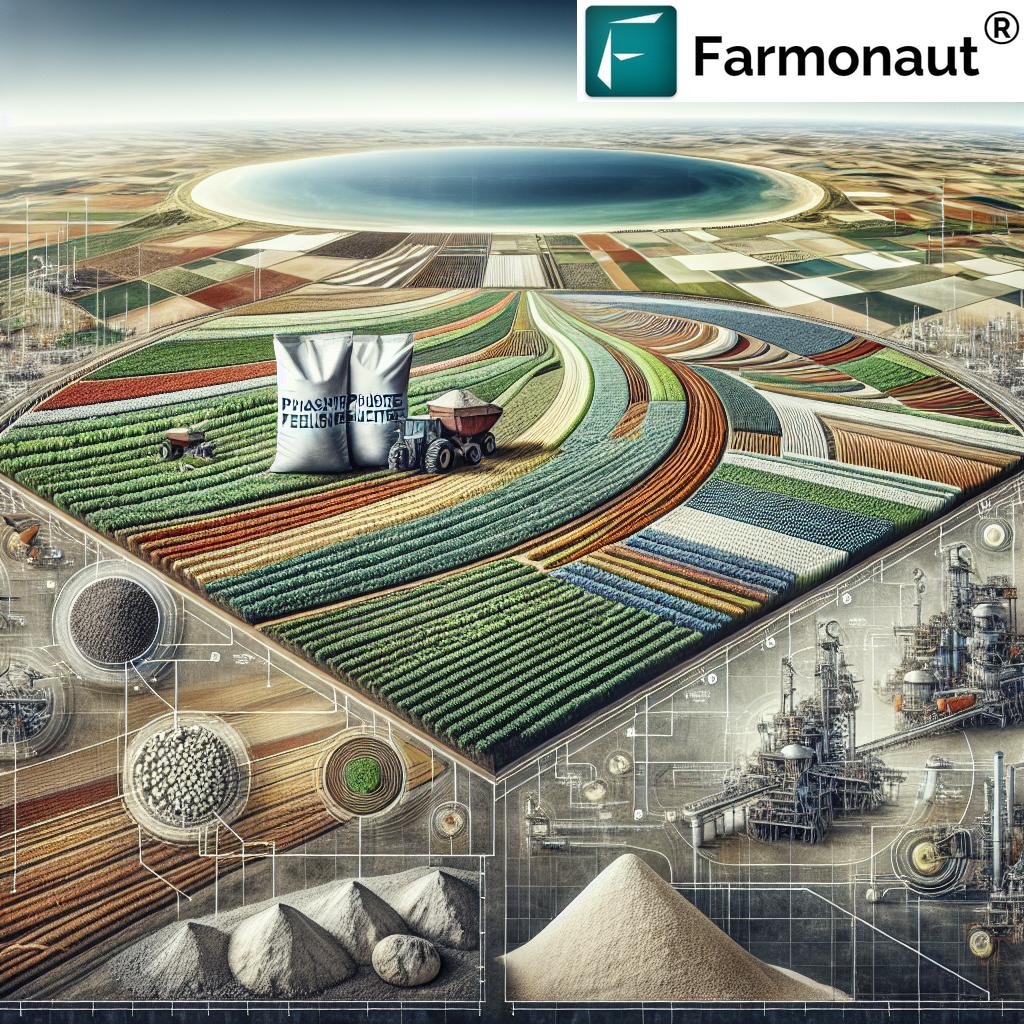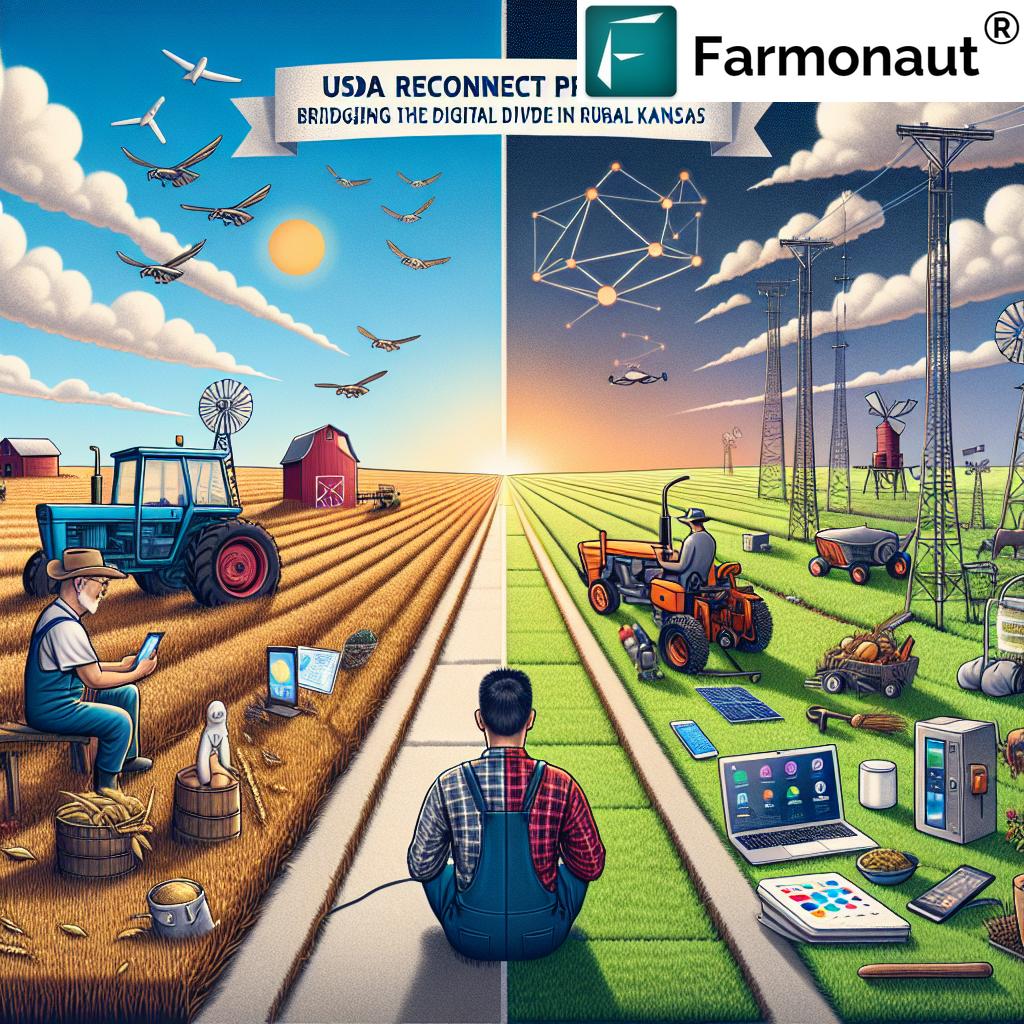Shocking Corn Yield Forecast Change 2025 Revealed!
Introduction: Corn Yield Forecast 2025
Corn yield forecasts are at the heart of agricultural planning in 2025, holding the power to shape our planting strategies, inform our market decisions, and steer global agricultural dynamics. With yields in focus, understanding what drives the numbers in these projections is crucial for all of us—farmers, traders, policymakers, and agribusinesses alike.
This year, corn yield forecasts have undergone a shocking shift that’s reverberating across fields and trading floors worldwide. From Midwestern states like North Dakota and Ohio to powerhouse producers like Brazil and China, every new forecast release prompts a re-evaluation of planting tactics, supply chain management, and economic expectations.
In this comprehensive post, we’ll explore the factors influencing corn yield in 2025, break down the market and policy impacts of forecast changes, and highlight data-driven, technology-enhanced strategies to help us navigate uncertainty—while staying ahead in a volatile, dynamic global corn market.
🎲 Key Trivia
“2025 corn yield forecasts predict a surprising 8% shift, impacting global supply chains and market prices significantly.”
The Current State of Corn Yield Forecasts in 2025
Let’s begin by summarizing what’s happening in 2025. This season brought a surprisingly low initial crop rating from the U.S. Department of Agriculture (USDA), with only 68% of the US corn crop rated good-to-excellent—its lowest since 2019 and well below market expectations.
States including North Dakota and Ohio experienced challenging conditions: excessive rain, unseasonably cold temperatures, and persistent cloud coverage. These climatic disruptions (the impact of weather on crop yields) have introduced significant volatility to both forecasting models and on-the-ground planting decisions.
Simultaneously, a record planting surge is underway. U.S. farmers are expected to sow 95.3 million acres of corn—the highest in 12 years—raising important questions regarding the 2025 corn supply and demand balance.
As corn traders and industry participants, we must stay agile: forecast changes are leading to supply shocks, market price swings, and ripple effects across the entire global food system.
Factors Influencing Corn Yield Forecasts
Let’s explore each core category shaping corn yield forecasts in 2025. Understanding these factors helps us anticipate potential volatile market shifts, make data-driven agricultural decisions, and adjust our planting and harvesting strategies.
1. The Impact of Weather on Crop Yields
Weather conditions remain the single largest variable in any corn yield projection. Adverse events such as droughts, excessive rainfall, temperature extremes, and unexpected climatic shifts can drastically affect yields.
For 2025, the USDA cited a combination of heavy rain, cold snaps, and persistent cloudiness across the Midwest—especially in North Dakota, Ohio, and parts of Missouri. As a result, only 68% of the corn crop was rated good-to-excellent at season start, compared to an anticipated 73%.
Key weather-driven challenges in 2025:
- Drought-resistant corn varieties are gaining ground to mitigate unpredictable precipitation and temperature patterns.
- Increased weather volatility: More frequent storms and abrupt temperature changes impact germination, growth, and eventual harvesting schedules.
“Over 70% of farmers plan to adjust planting strategies in response to the latest 2025 corn yield projections.”
2. Technological Advancements in Corn Production
Technological innovations are revolutionizing how we monitor, forecast, and optimize corn yields. Notable advancements in 2025 include:
- Shorter corn varieties: Bred for wind resistance, these crops minimize lodging (the bending or breaking of cornstalks in storms), especially as climate change increases severe weather events.
- Precision farming: Technologies such as Farmonaut’s satellite-based crop monitoring offer real-time insight into crop health, soil moisture, and growth stages. These solutions support optimal irrigation, fertilizer application, and pest management, thereby boosting yield and reducing resource use.
- AI-powered advisory models: Farmonaut’s Jeevn AI delivers timely, data-backed planting recommendations, customized for prevailing weather and soil conditions.
3. Economic Policies and Market Dynamics
The 2025 corn planting season is shaped by robust profitability and government policies. U.S. farmers are planting one of the largest corn areas on record, with 95.3 million acres planned.
- Policy incentives (like subsidies or trade protections) support expanded planting but also introduce risks if lower-yield states gain more acreage.
- International trade agreements and tariff policies continue to steer U.S. exports, global corn prices, and corn supply and demand balances.
- Despite concerns, shifting production toward potentially lower-yielding zones in fringe states such as the Dakotas might exert only a minimal drag on overall national yields—as recent USDA corn projections 2025 suggest.
4. Pest and Disease Pressure
The prevalence of pests and diseases can devastate yields, particularly when exacerbated by climatic change and global trade.
- Integrated pest management (IPM) and disease-resistant corn varieties remain crucial tools in limiting losses from new and evolving threats.
- Increasing international trade and warmer growing seasons are introducing new insect species and fungal pressures, making vigilant, real-time crop monitoring more important than ever.
5. Soil Health and Fertility
Healthy, fertile soil underpins productive corn agriculture. Best practices for 2025 include:
- Crop rotation and cover cropping to replenish nutrients and break pest/disease cycles
- Reduced tillage: Minimizing disturbance to preserve organic matter, retain moisture, and avoid erosion
- Precision soil fertility analysis: Using platforms like Farmonaut to map variability and tailor fertilizer rates for yield optimization
Maintaining soil health is not only about boosting current yield but also supporting long-term agricultural sustainability and food security.
Corn Yield Forecast Comparison Table (2023–2025)
To visualize the evolving landscape, we’ve compiled a table comparing estimated corn yields from 2023 to the 2025 yield forecast across top producers. Notice the notable percentage changes and main influencing factors. This overview highlights the complex interplay of climate, technology, and economic conditions shaping the global corn market outlook.
| Region/Country | 2023 Yield (t/ha, est.) | 2024 Yield (t/ha, est.) | 2025 Yield Forecast (t/ha) | % Change (2024–2025) | Key Influencing Factors |
|---|---|---|---|---|---|
| USA | 11.1 | 11.3 | 10.4 | -7.9% | Adverse weather (rain, cold), expanded fringe acreage, technology uptake, policy incentives |
| Brazil | 5.7 | 5.8 | 6.1 | +5.2% | Favorable rains, tech adoption, expansion into new regions |
| China | 6.3 | 6.7 | 6.6 | -1.5% | Flooding risk, input costs, variety improvements |
| European Union | 7.5 | 7.7 | 7.2 | -6.5% | Mid-summer droughts, changing policy, early-season weather |
Note: t/ha = metric tons per hectare. Figures are estimates based on publicly available market data and agricultural reports as of Q2 2025.
Implications of Changes in Corn Yield Forecasts
The change in corn yield forecasts triggers widespread effects. Here’s how these swings shape agriculture, the market, and the food system globally:
- Market Volatility: In April 2025, Chicago corn futures surged by nearly 5% after USDA sharply cut U.S. ending stocks by 30%. This sent corn prices to new three-year highs, amplifying volatility for farmers, traders, and consumers.
- Policy and Trade Decisions: Accurate projections help governments set rational policies and negotiate trade agreements. Incorrect forecasts risk misaligned policy, which may disrupt domestic and global supply.
- Supply Chain Management: Unexpected yield drops can cause cascading shortages that disrupt logistical flows, while surpluses create storage, pricing, and logistical headaches.
- Global Food Security: Corn is a keystone commodity for food and animal feed worldwide. Sharp changes in yields threaten affordability and access, with downstream impacts from protein to biofuel supply.
Improve your corn supply management and reduce cost by using Farmonaut’s fleet management tools. Farmonaut enables efficient, real-time equipment and resource tracking for both small and large-scale agricultural logistics.
Ensure transparency and boost consumer trust with Farmonaut’s blockchain-based traceability system. Securely track the journey of your corn from field to fork, meeting global food safety and traceability demands.
Strategies to Mitigate Yield Forecast Uncertainties
Given these uncertainties, what practical steps can we adopt? The smartest corn planting strategies for 2025 are rooted in resilience, diversification, and technology:
1. Diversification of Crops
- Reducing reliance on a single crop reduces risk from market and weather shocks.
2. Adoption of Resilient and Drought Resistant Corn Varieties
- Choose varieties bred for resistance to pests, diseases, drought, or heat, aligned to expected local weather trends.
3. Improved Forecasting Models
- Utilize advanced, AI-powered models that integrate weather data, soil health, and satellite imagery for the most accurate yield forecasts. Farmonaut’s satellite-based farm management platform provides tailored insights for every field.
4. Policy Advocacy
- Engage farmer organizations to promote R&D, innovation investment, and risk-mitigation policy in corn agriculture.
5. Precision Farming & Real-Time Monitoring
- Farmonaut’s satellite and app-based precision agriculture tools help us act quickly, minimizing risks from unforeseen weather or pest outbreaks.
- Farmonaut’s carbon footprinting tools (\carbon footprinting solutions\) also assist in sustainable farm management and compliance.
The Role of Technology: Farmonaut & Precision Farming in Corn Production
Scientific advancements have rapidly improved our ability to monitor, model, and manage corn yields.
Farmonaut leverages:
- Satellite-based crop health monitoring (NDVI, soil moisture analysis): Timely detection of water stress, nutrient deficiency, or pest impact on corn fields—reducing uncertainty and waste.
- Jeevn AI advisory system: Delivers hyper-local weather forecasts, planting date suggestions, and AI-driven nutrient/pest management—for every acre, via iOS, Android, and web access.
- Blockchain traceability and API integration: From farm to market, our blockchain-enabled traceability solutions secure supply chains and support food safety compliance. Developers and businesses can also use our Farmonaut API and API developer docs to embed real-time satellite and weather data in their platforms.
- Fleet and resource management: For agribusinesses and cooperatives, Farmonaut’s fleet management tools ensure seamless logistics and cost savings across planting, fertilization, and harvest.
- Large-scale farm monitoring: Regional administrators and organizations can monitor thousands of acres efficiently, receiving yield estimates, field conditions, and risk alerts—at the click of a button.
By integrating these solutions, we build more resilient, profitable, and sustainable corn production systems—ready to face the volatility that defines agricultural markets in 2025 and beyond.
Ready for Data-Driven Corn Farming?
Experience the complete power of satellite-driven farm management and yield prediction:

Explore More Farmonaut Resources
- Mobile Satellite Crop Monitoring: Track every field, get real-time health alerts, and optimize input use with the Farmonaut Android app or iOS app.
- API Access for Developers: Integrate real-time, field-level satellite data into your agri-platforms or research tools via the Farmonaut API. See detailed integration guides in our API Developer Docs.
- Crop Loan & Insurance Verification: Optimize, verify, and secure your crop loan and insurance processes with Farmonaut’s satellite-based verification tools—minimizing fraud and accelerating turnaround for financial institutions.
- Large Scale Farm Monitoring: Governments and larger agribusinesses can use the Agro Admin App for managing, visualizing, and making policy-driven decisions across thousands of hectares.
FAQ: Corn Yield Forecast 2025 & Industry Trends
- What caused the shocking change in corn yield forecasts for 2025?
- The main contributors have been unexpected weather conditions—notably excessive rain and cold in the U.S. Midwest (especially North Dakota and Ohio), shifts in national planting acreage, and evolving economic/policy factors. Advances in forecasting models also allow more rapid updates, amplifying perceived volatility.
- How do changes in corn yield forecasts impact farmers and the market?
- Sudden forecast changes lead to instability in corn prices, affect planting and harvesting strategies, change government support or trade policies, and complicate supply chain logistics. For farmers, this means adapting plans and managing greater economic risk and uncertainty.
- What strategies help mitigate uncertainties in yield and market outlook?
- Adopting precision agriculture (such as satellite and AI-driven monitoring), diversifying crops, transitioning to resilient corn varieties, and staying informed with up-to-date data and expert advice are key strategies to buffer against volatility.
- Which technologies are most promising for yield forecasting and farm management?
- Leading options include satellite imaging, AI-driven advisory platforms (like Farmonaut’s Jeevn AI), soil sensors, and blockchain-enabled traceability. These tools provide accurate, real-time monitoring for early intervention and optimized decision-making.
- How accurate are forecasting models for corn yields?
- While no model is perfect, recent technological leaps—like those deployed by Farmonaut—incorporate weather, soil, historical, and real-time field data for improved accuracy. However, extreme weather and new pest outbreaks still present challenges that require ongoing adaptation.
Conclusion: Staying Ahead of Corn Yield Volatility in 2025
The dramatic change in corn yield forecasts in 2025 signals the complexity and importance of staying informed in this rapidly evolving sector. Every advance in technology, every adjustment in policy, and every weather event reshapes the balance of corn supply and demand—with direct consequences for food security, prices, and farmer livelihoods.
By harnessing precision ag platforms like Farmonaut and leveraging robust forecasting models, we can adapt, mitigate risk, and build a more resilient future for global agriculture. Whether you are a farmer, policy maker, trader, or agri-business stakeholder, staying proactive and data-driven is not just an advantage—it’s a necessity.
Ready to future-proof your farm or agribusiness?
Leverage Farmonaut’s satellite-driven solutions—and let’s shape a smarter, more secure food system for 2025 and beyond.









